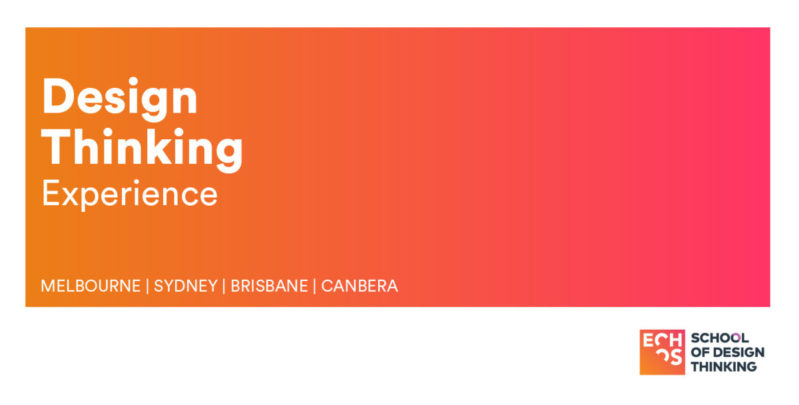Many things can go wrong when you start your own business. Despite the fact that you already decided to endeavour your idea which is already a huge step ahead, during the venturing process you will need lots of tools and ways to solve different challenges that turn up in your way.
Definitely, learning design thinking can transform your way of thinking in an enormous competitive advantage from the take-off. What entrepreneurs tend to do is draw up some ideas into their minds, deploy some hypothesis on how to solve it, build up a team and launch a minimum viable product or service that really solve someone’s problem.
Apparently, there is nothing wrong with that but design thinking can deeply help especially in those grasp moments where you have to decide what do or where to go.
Design thinking means acting before you have all the answers, means generating opportunities, stumbling a bit, but then doing what is right.
Design thinking uses the designer’s sensibility to match people needs with what is feasible and financially viable that creates customer value.
At first glance, the term design makes us think about aesthetics and tangible objects, however, the scope of design is wilder. Design is need focused. It forces you to be human-centric, and because it revolves around your customer, it helps you to think clearly about what you need to do to solve his problems.
The three main values that sustain design thinking is empathy, collaboration and experimentation. What each of these values means when you are creating your business?
– Empathy deeply learning about your client’s needs and really listen to then can help you solve their problem faster. Stepping in someone shoes is not an easy task, but empathy is definitely the bridge between your solution and your client’s needs. By deeply listening and understanding what they want you will have better insights, learnings, and tools to solve it quicker.
– Collaboration means believing in the power of (your) network. Means believing that you have a huge possibility nowadays to interact with a variety of people around your project. From colleagues, employees and the entire network that you are connected with.
– Experimentation is about creating something tangible that your clients can relate to. Prototyping is something that provokes a feeling or an emotion in someone even before your final solution exists. Experimentation is based on testing. The second step after creating a prototype is to make it alive. Test it out. Learn from mistakes as fast as possible. Iterate it and go back to your clients.
In order to make it in the startup world, you need to know how to set the right goals. Otherwise, your business just gets stuck. But most people are actually really lousy at setting goals, even though it is an incredibly important skill to master if you want to achieve success. If you are finding hard as an entrepreneur and having a hard time finding your next steps design thinking can help with that.
Breaking down into parts your prototype may help you deploy a faster and cheaper way to solve your client’s problem. Learning design thinking will leverage your way thinking to an iterative process that may help you test quick versions of your project and help you set the goals for your business.
Entrepreneurship is impossible without mastering your goal-setting.


